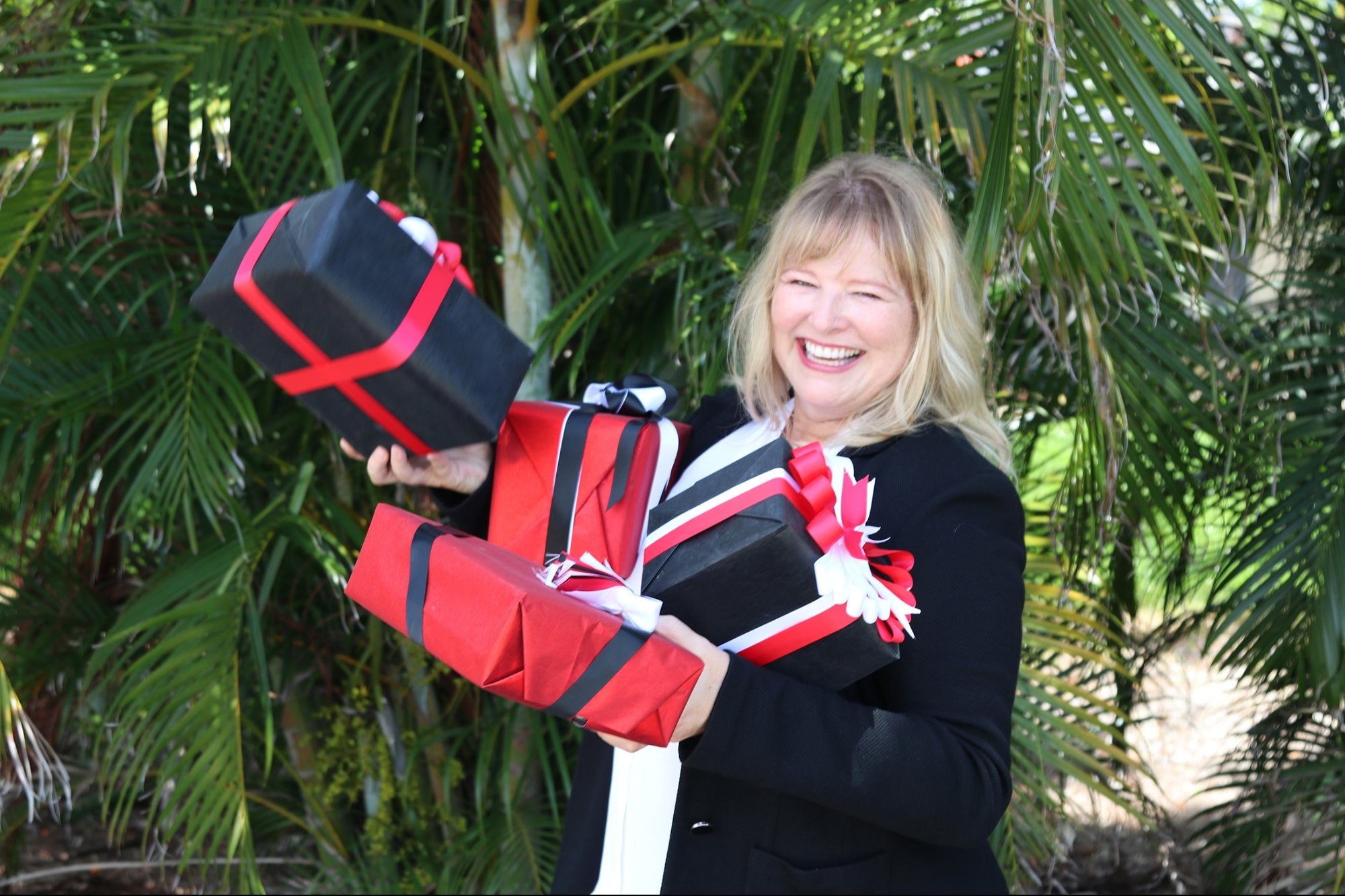This Microscope Can Detect Cancer Without a BiopsyThe new handheld microscope uses tiny mirrors and optical beams to zoom in and quickly create image scans at the cellular and subcellular level.
This story originally appeared onFortune Magazine

When doctors suspect a malignant tumor or feel a suspicious growth, they can begin investigating for cancer with blood and urine tests. But to be certain a patient has cancer cells in his or her body, clinicians usually need to perform a biopsy. This means pulling tissue, bone marrow, or cells from the body to take to the lab and analyze.
A new microscope being developed is set to change that. The technology, detailed online inBiomedical Optics Expressearlier this month, serves as a real-time diagnostic tool, imaging cancer cells just below the surface of skin or exposed tissue, without the invasive procedures.
The new handheld microscope uses tiny mirrors and optical beams to zoom in and quickly create image scans at the cellular and subcellular level. With pictures about 50 times smaller than a human hair, it can image moving blood cells at 16 frames per second.
To the untrained eye, the teeny figures don't look like much on-screen, but trained pathologists can detect subtle differences between cancerous and normal cells. Here's what an image of blood vessels in a mouse's ear looks like under the new microscope:

The first in-human studies of the microscope, which will screen for oral cancer, could start this summer. The new tool could also be used to diagnose skin cancer and help perform surgery. There, as doctors make surgical cuts to nix malignant tissue, the tool could zoom in for cell-by-cell precision. When removing a brain tumor, for example, surgeons could use the microscope to make sure they are removing every bit of cancer, while leaving the good cells intact.
Getting the tech into hospitals won't be a simple process. Jonathan Lui, who directs the lab behind the new microscope at the University of Washington, says because the parts inside are so small, each piece had to be designed on a computer.
"Everything on this device is custom," Lui says.
麦克风roscope was assembled by hand in the lab, with the team lining parts up to the micrometer -- a length a thousand times smaller than a millimeter. The whole process took about three and a half years.
The researchers, funded by the National Institutes of Health, are also working with Memorial Sloan Kettering Cancer Center, Stanford University, and the Barrow Neurological Institute. Before their microscope can move to hospitals, they need to iron out details of how the tech will be packaged.
In Lui's lab, wires, cables, and screws can hang loose while the scientists focus on the imaging. Getting the device into the hands of surgeons and oncologists means it needs to be manufactured to hospital-safe, sterile standards. If the group is successful, doctors could someday look for cancer cells right from the exam room, no lab work necessary.









